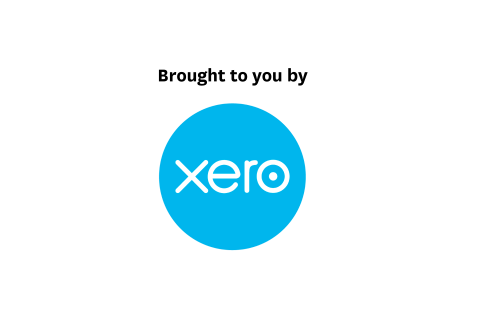Examples of business KPIs.
Understanding your business performance will help you grow. Check out common examples of small business KPIs.

Why use business KPIs?
Key performance indicators (KPIs) allow you to measure important aspects of your business. They show how it’s performing, and can be used to track progress towards goals. KPIs can be related to:
- Efficiency – to ensure you’re not wasting effort
- Customer satisfaction – to ensure they keep coming back
- Sustainability – to manage impact on people and planet
- Finances – to grow the business.
As this guide is focused on growth, the following KPI examples deal with finances.
Common financial KPIs.
KPI examples for financial growth:
- Revenue growth: Lots of businesses want to get more money in the door, either from making more sales or making higher-priced sales. Ideally this revenue growth will filter through to increased profits.
- Profit growth: Why wouldn’t you want more money in your pocket, after costs and taxes are deducted? Bigger profits means bigger rewards for your efforts. This is money you can use to finance further growth, or money you can keep as an owner.
- Profit margins: This is the portion of sales income that stays in the business after costs have been paid. This number indicates how effective your business is at generating profit from revenue and can help ensure your pricing is right.
- Cash flow: Improved cash flow lets you pay bills on time, reduces your stress levels over meeting payroll (or being able to pay yourself), and allows you to set aside money for growth. Our free cash flow forecast template can help with this.
- Accounts receivable turnover: This shows how many invoices are paid in a given period and indicates how good you are at getting paid. Faster accounts receivable turnover improves other indicators like cash flow.
While these financial KPI examples are often used in any type of businesses, certain industries have additional measurements.
Retail KPIs.
Common retail KPI examples:
- Average transaction value: Shows how much customers spend when they make a purchase with you.
- Stock turnover: Tells you how much stock is reordered in a given time period. A low turnover means you might be over-ordering. A high turnover means you run the risk of running out of stock.
- Foot traffic: This is the number of people who walk into your shop and can measure the attractiveness of your location, shopfront, and the success of your advertising.
Manufacturing KPIs.
Common manufacturing KPI examples:
- On-time delivery: Shows the percentage of orders delivered on time. The aim is to have 100% delivered on time in order to maintain customer satisfaction and trust.
- Production volume: Indicates how much you’re able to produce over a certain period. It shows how much demand you can meet.
- Production costs: Measures all the contributing costs of delivering your goods or services. It can reveal where money might be saved, for example, by finding an alternative supplier.
Consulting / professional service KPIs.
Common professional services KPI examples:
- Project overrun: This shows how your actual costs (or hours) compared to what you budgeted. Overruns are red flags for estimating or project management problems.
- Utilisation: Tells you what percentage of your total available hours you’re spending on billable projects. Too low a percentage could indicate your admin needs streamlining.
- Revenue per billable consultant: This is a measurement of productivity. Decreases in revenue per consultant can point to resourcing problems.
Construction industry KPIs.
Common construction KPI examples:
- Number of defects: This shows how many faults need fixing. Defects cut into your profitability and can diminish customer satisfaction.
- Planned hours versus actual hours: Higher actual hours will mean labour costs are eating into your profit margin.
- Cost variance: Tells you your actual costs compared to what you budgeted. Keeping track will help you better budget for your next project.
Choosing the right KPI
Whether you use some of these business KPI examples or choose others, make sure your KPIs are understandable, relevant, shared and balanced.
Things you should know.
The opinions expressed on this page are not necessarily those of Westpac and Westpac does not endorse or approve any goods or services to which reference is made. Westpac makes no representation as to the accuracy or currency of the materials, which are provided without taking your personal financial situation or goals into account. Westpac accepts no responsibility for the availability or content of any third party material to which this page may refer.
Any tax information provided in this webpage is general in nature and for illustrative purposes only; it does not constitute tax advice and should not be relied on for tax purposes. You should seek professional advice on the tax implications of your investments based on your particular circumstances. Westpac accepts no responsibility for the tax consequences of investments to you or any third parties.
Originally published by Xero. Find out more about Xero's accounting software for your small business.
